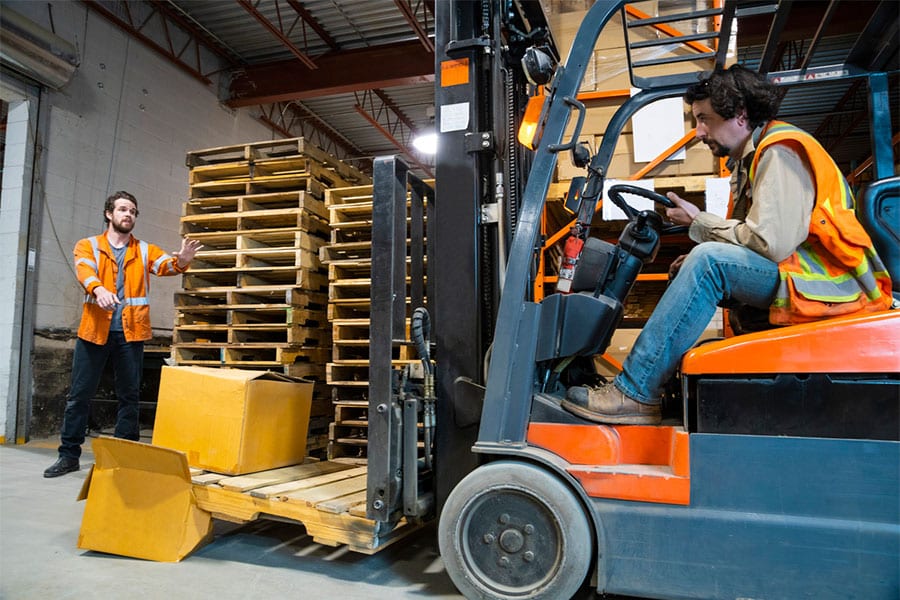Forklifts are commonly used in warehouses and supply yards the world over. Despite their near-universal acceptance as an essential tool, forklifts represent one of the largest offenders of accidents in the workplace. So, why is forklift safety so important? Read on below to learn more about forklift safety and how it is an essential part of the workplace.
The Dark Statistics Of Forklift Accidents
The Occupational Safety and Health Administration (OSHA) classifies forklifts by engine and tire size, but they are all dangerous regardless of classification. Current statistics state that in the United States alone, nearly 100 fatalities and over 10,000 injuries are attributed to forklifts annually, and those numbers are poised to grow as the logistics industries expand. The most common occurrence of forklift accidents is rollover accidents, which can most often be the cause of death. Moreover, while the human cost is unquantifiable, as the value of a life is priceless, forklift accidents can cost you thousands in damaged goods, tens of thousands in fees, and more in compensation if you are found at fault for lacking safety.
Even though your forklift operators are certified, and safety measures may be in place, you must consider it from all angles. So, what can be done? Are you implementing the following forklift safety practices?
Preparations To Make Before Using Forklifts
Safety in the workplace starts with infrastructure and training. You wouldn’t build a house without a solid foundation, would you? Therefore, it is essential to prepare the warehouse or yard properly to have a solid baseline to build off.
- Training: Before operating a forklift in the US, drivers must have completed a training course and received certification from their employer. However, it is not just the operators who require training. Introductory safety courses for all personnel who can potentially come in contact with or near a forklift in operation are essential to ensure the safety of bystanders.
- Implement Forklift Lanes: A clear path for an operator to drive ensures that accidents don’t happen. If you have the space, implement safety corridors for forklifts or mark where they will be operating to reduce foot traffic in the forklift path.
- Install Safety Racks: Safety features, like rack straps or barriers, can help ensure that palletized items do not end up on the other side of racks or within other work areas, creating hazards.
Tips for Operating A Forklift Safely
- Inspect the machine – Before turning on a forklift, ensure workers inspect the vehicle for damage, tire wear, and potential hazards. After starting, doing a quick run through of the mechanics can help operators notice if there are any issues before adding a load.
- Ask for help – Use help when products obscure vision and to remove potential hazards. A second pair of eyes doubles the safety, and another voice can help keep pedestrians out of harm’s way.
- Take it slow – Especially when moving heavy or oddly shaped loads, forklifts can tip over without warning, even when going slow, so be cautious.
- Inspect again after using a forklift and parking it properly – As mentioned above, doing a post-work inspection gives you another opportunity to check for damage and wear and get an idea of the general condition of the forklift to ensure it’s safe for continued use.
For More Industry Tips And Products, Go To Strapping-Products.com
StrappingProducts.Com is committed to bringing excellence to the workplace and delivering high-quality products to the industry. For more tips, guides, and industry news, visit our professional blog. To meet your strapping product needs, you can start your order online now or contact us by clicking here and getting in touch. We can also be reached by phone at 888-803-8140.


